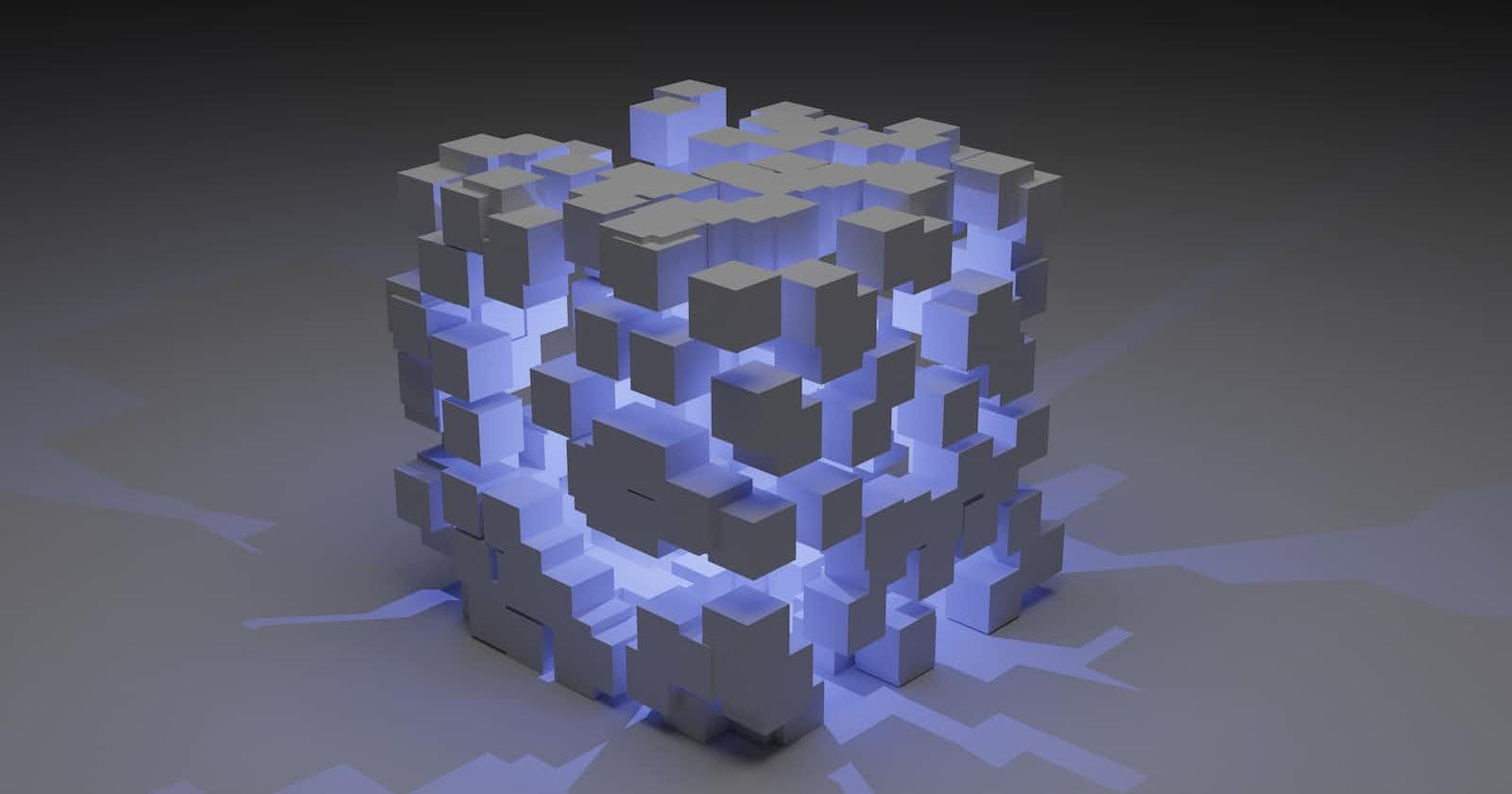I wrote this blockchain article to try to explain it more not only to others but also to myself. I've been reading about and studying blockchain for some time now, but it does not always make a lot of sense. Going through the process of creating an article about it has helped me to gain a much better understanding. I hope that it provides benefit to you as well.
What exactly is Blockchain? Blockchain is generally defined as a technology that allows transactions to be recorded permanently. A technology that cryptographically secures the system and strings data together in chronological order. A technology that removes intermediaries and creates trust through the algorithm.
Blockchain was first introduced in 2009 in the white paper for Bitcoin by an unknown person named Satoshi Nakamoto. Currently, Blockchain is being used by many organizations to address their problems and provide better solutions.
How does the blockchain work? Think of a blockchain as a series of transactions recorded in a ledger, with each transaction encoded with the reference number and some details of the previous transaction.
If you're interested in a particular transaction (e.g. the date, time, and manifest of a particular shipment, as well as the carrier), this could all be encoded in a single transaction and recorded in a public "chain" (usually a series of computers spread across several organizations).
this transaction 'block' would also be available on your local system or other administrative systems.
If you had the encryption password ('key') for your transaction, you could see all the details of that transaction.
Because the transaction is stored in a blockchain, you know that it is very difficult to change or manipulate. This is because each transaction relates to the previous transaction, so each transaction in the "chain" would be changed and you (and everyone else in the chain) would no longer be able to access your own transactions.
It's like balancing a checkbook - if one entry is missing, everything is out of balance. Below is an example of how blockchain can be useful.
Walmart Food Tracking
Challenge: It can take days or weeks to identify the source of a foodborne illness outbreak.
Benefit: Better traceability could help save lives by allowing companies to act faster and protect farmers' livelihoods by only discarding produce from affected farms.
Solution approach: Walmart developed a food traceability system based on Hyper ledger Fabric. Walmart conducted two POCs with IBM to test the system. The first was to trace mangoes sold in Walmart shops in the US, and the second was to trace pork sold in its Chinese shops. Tracking improved from 7 days to 2.2 seconds.

